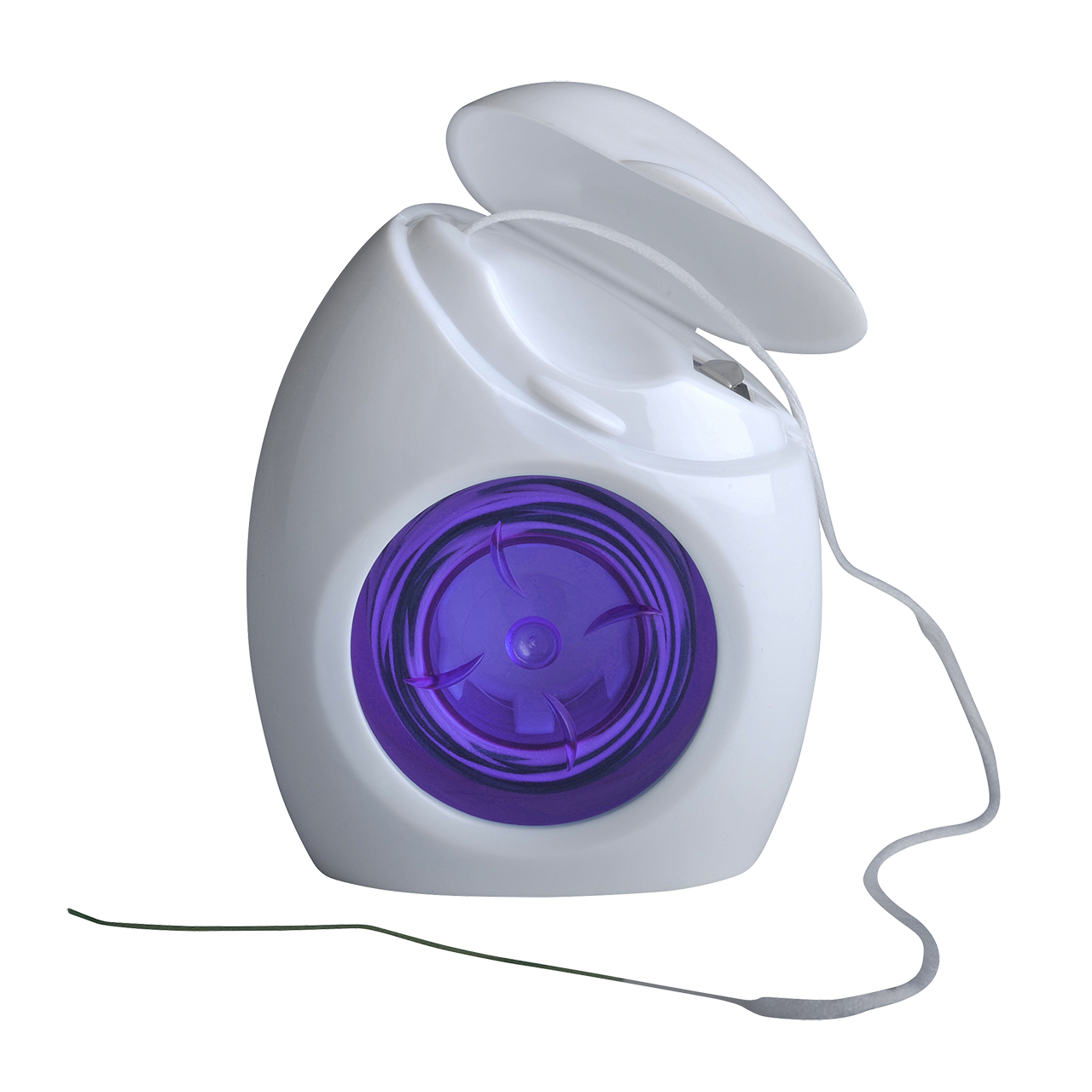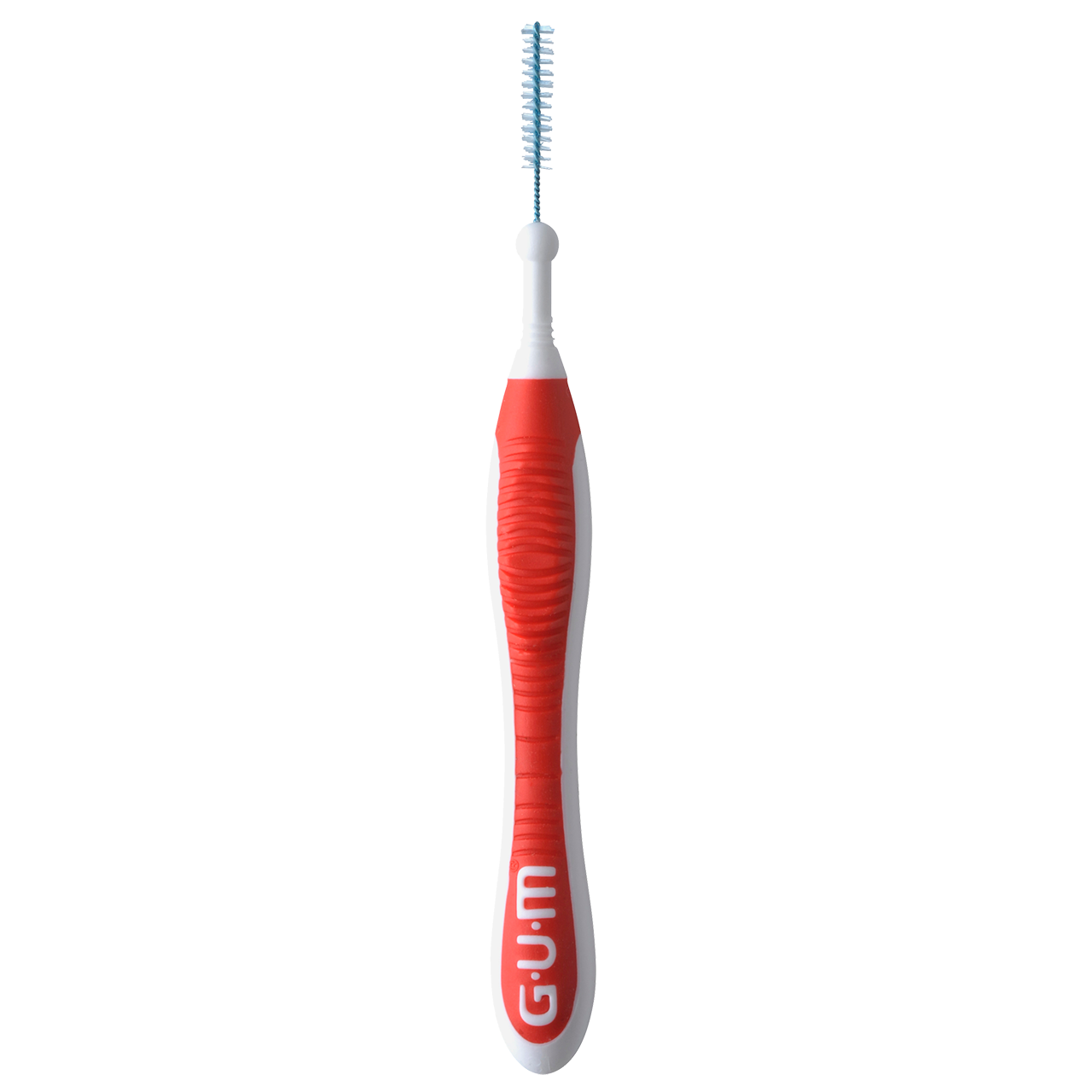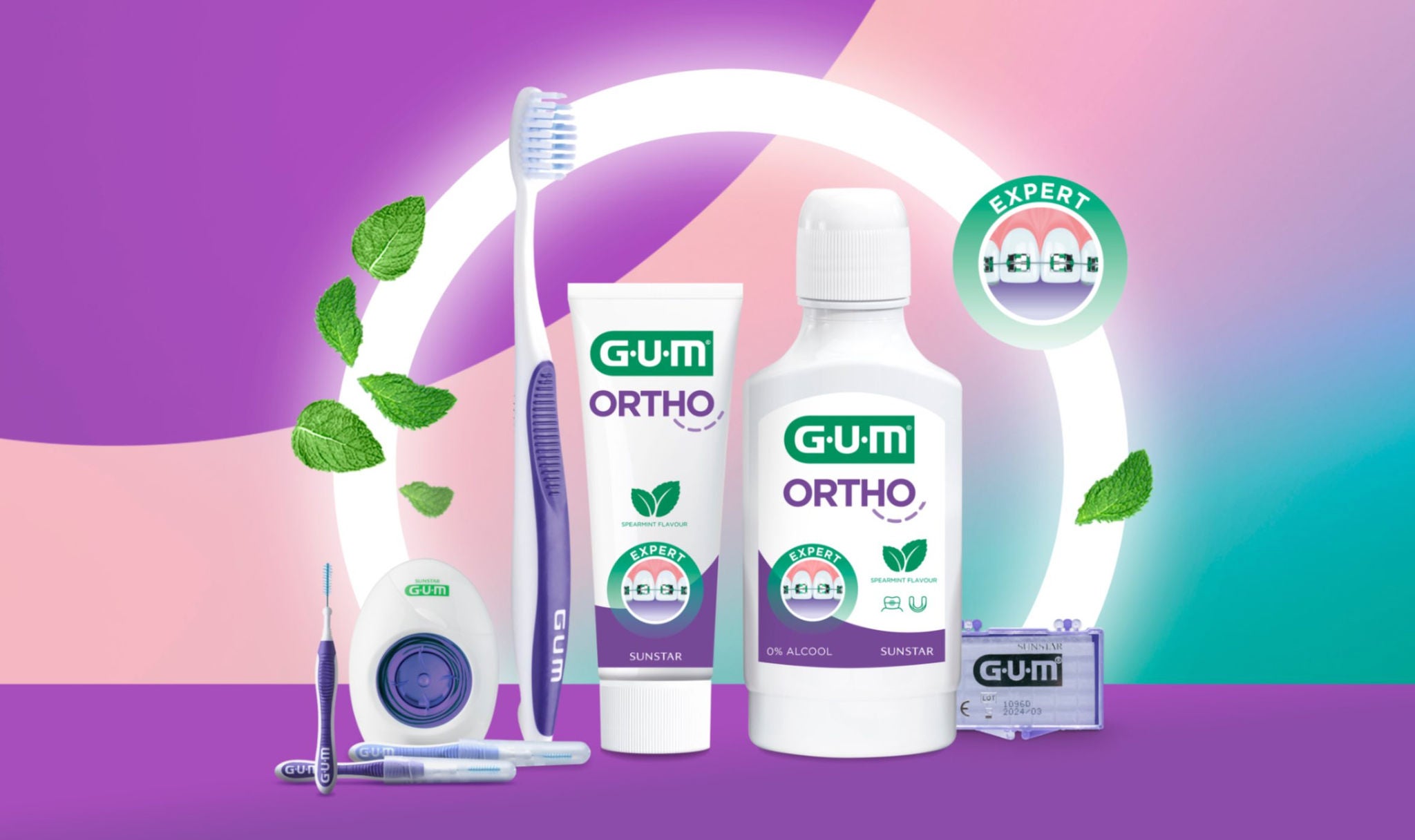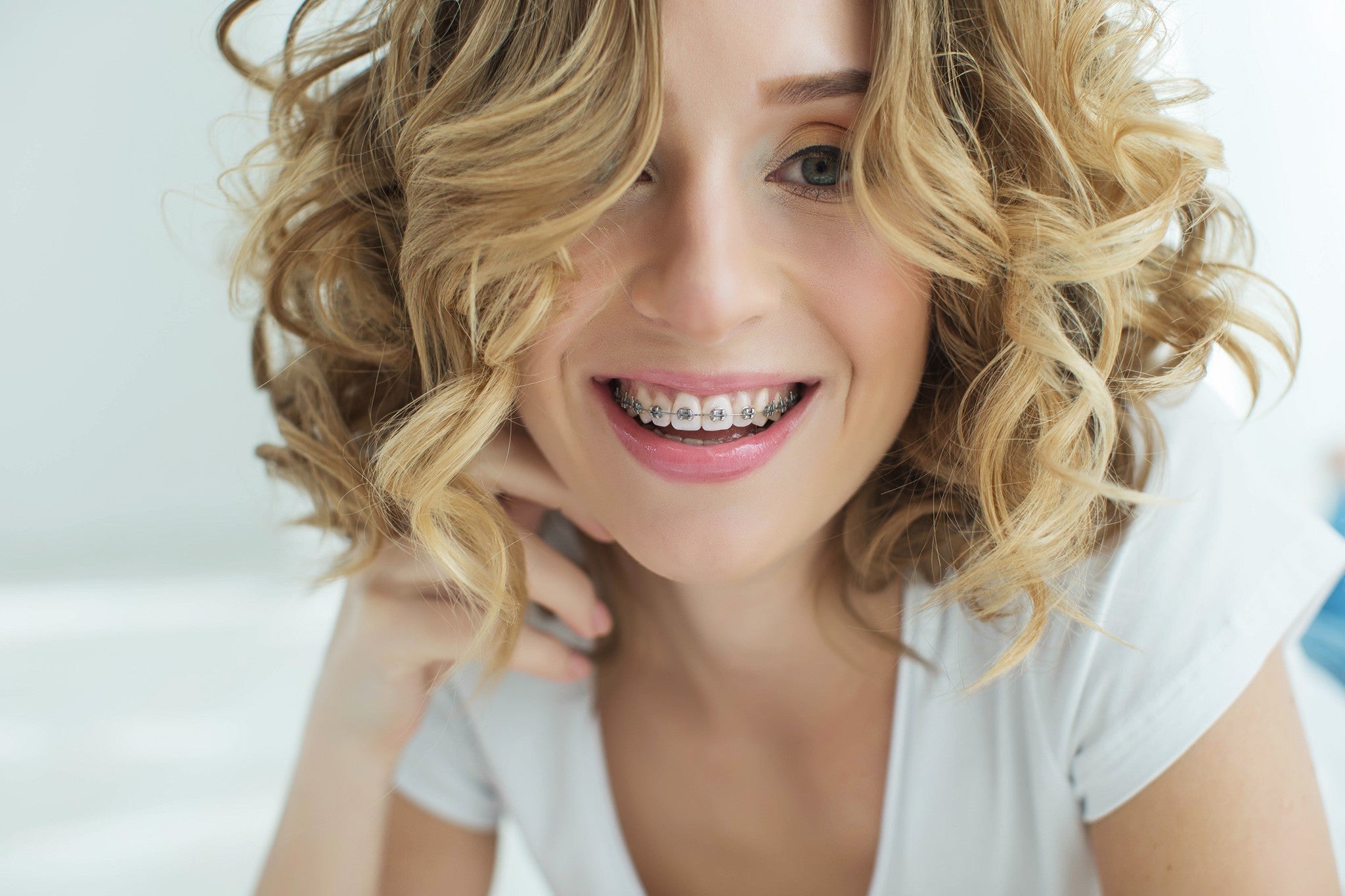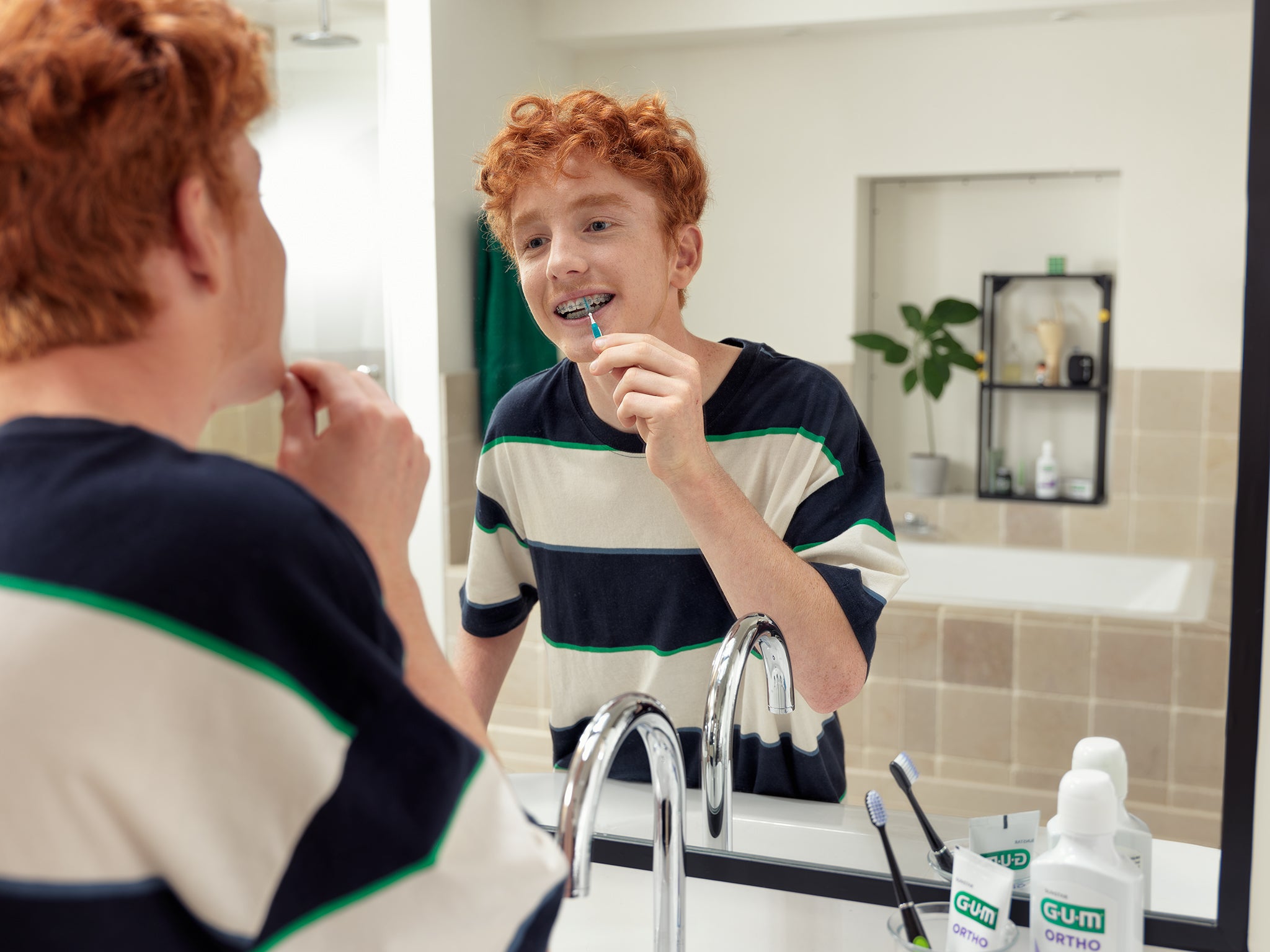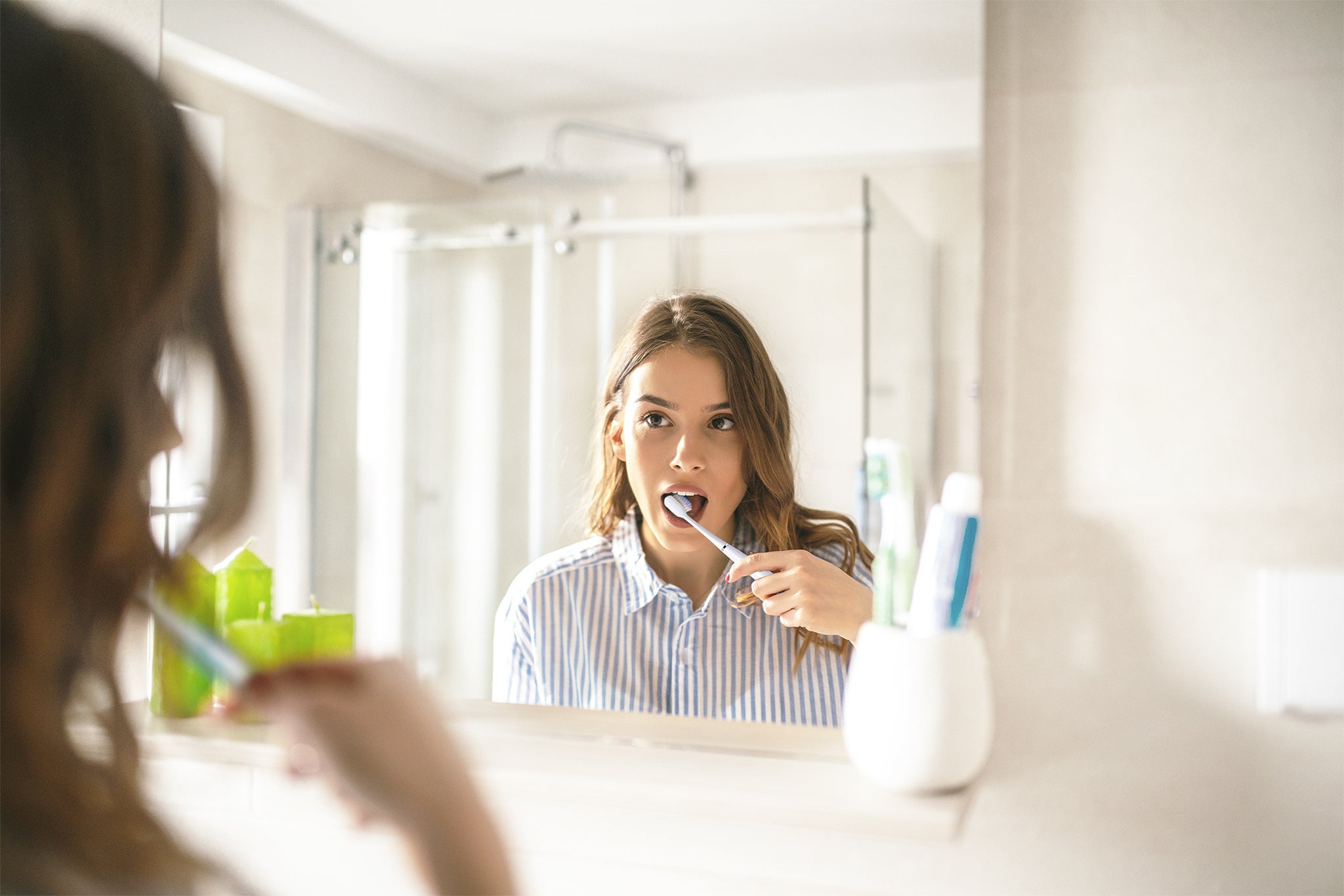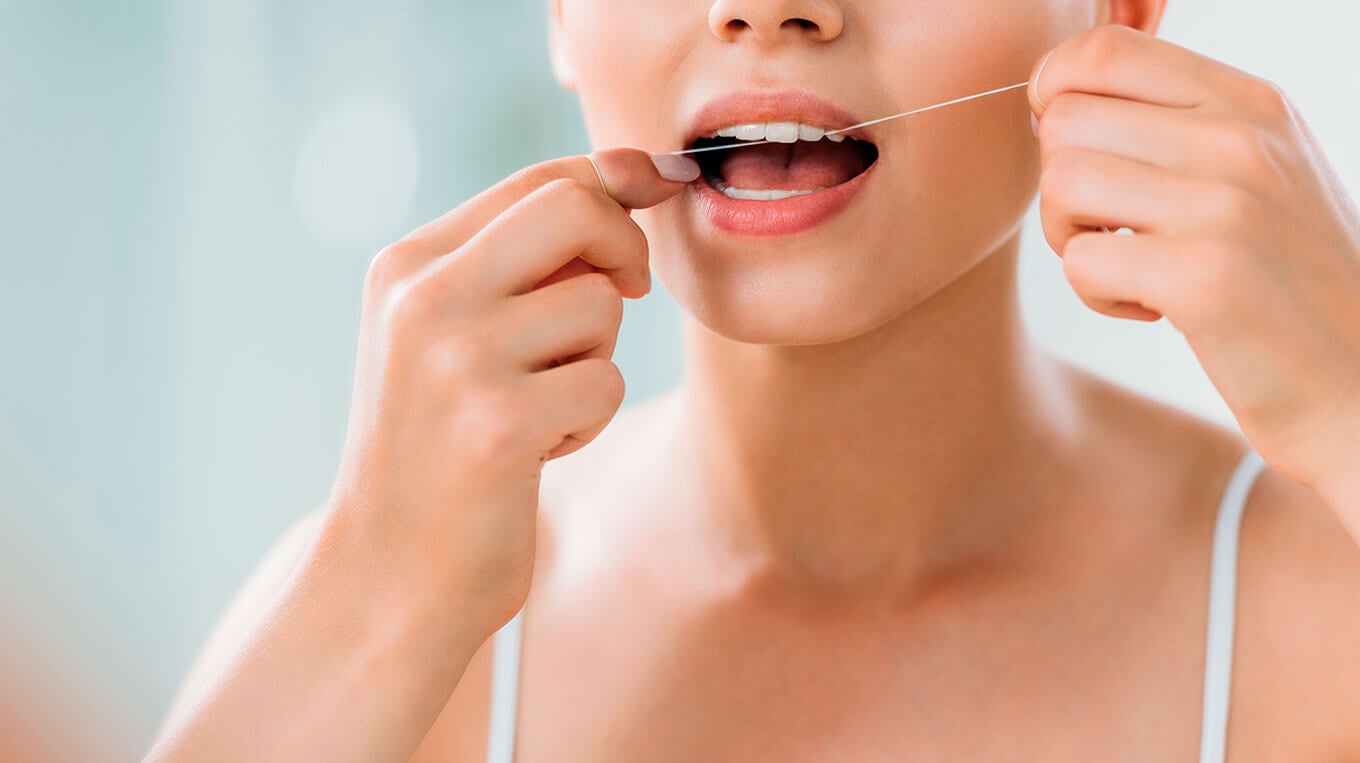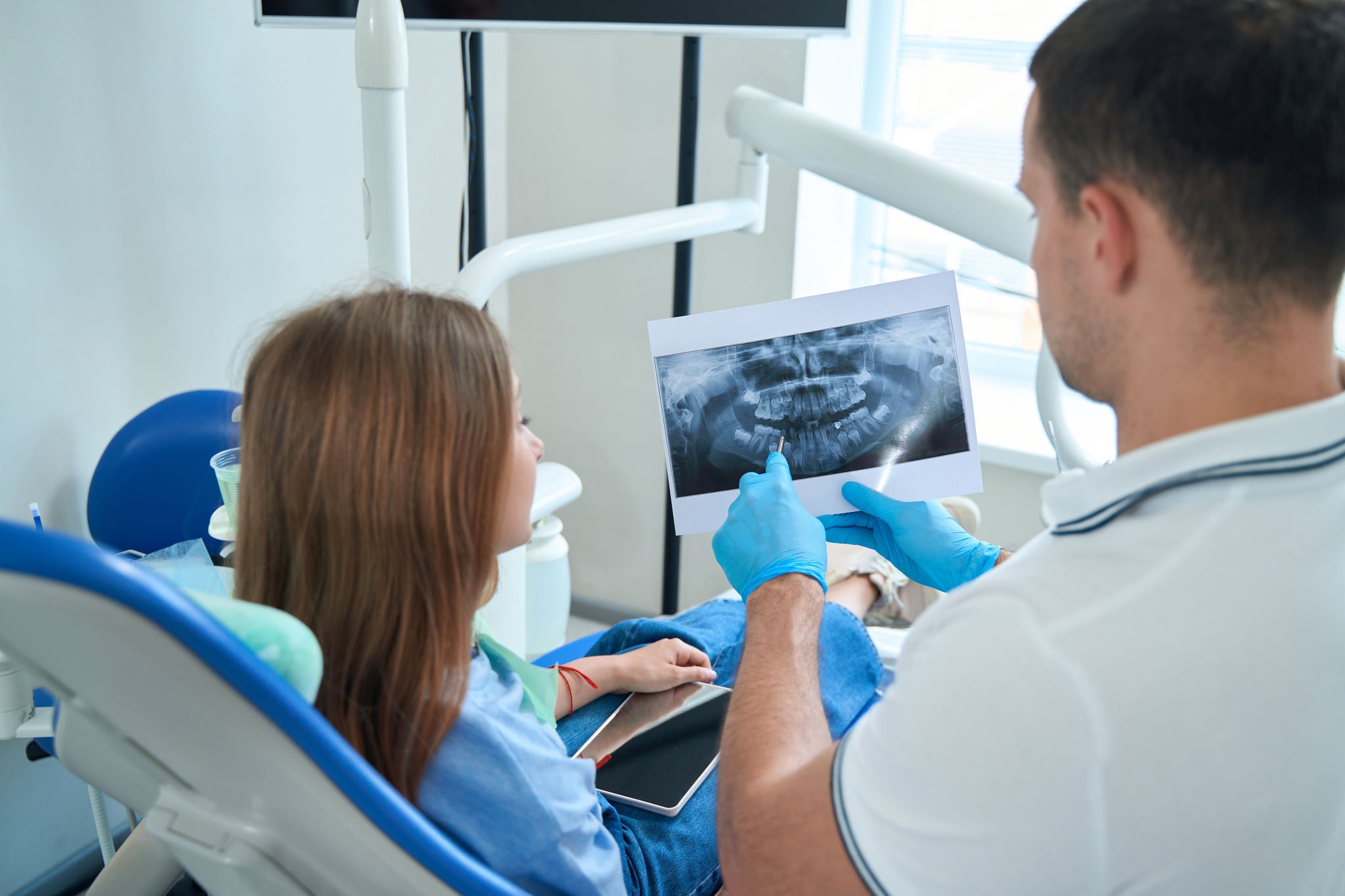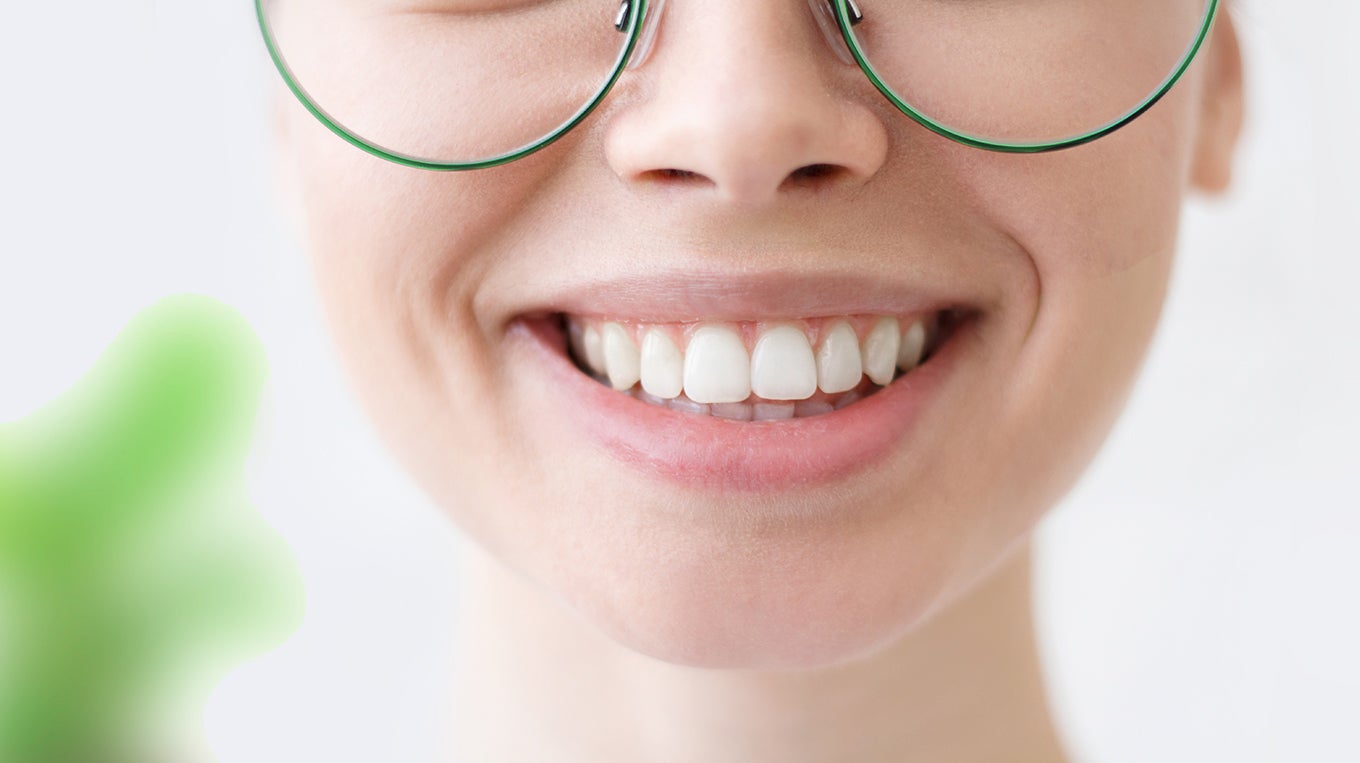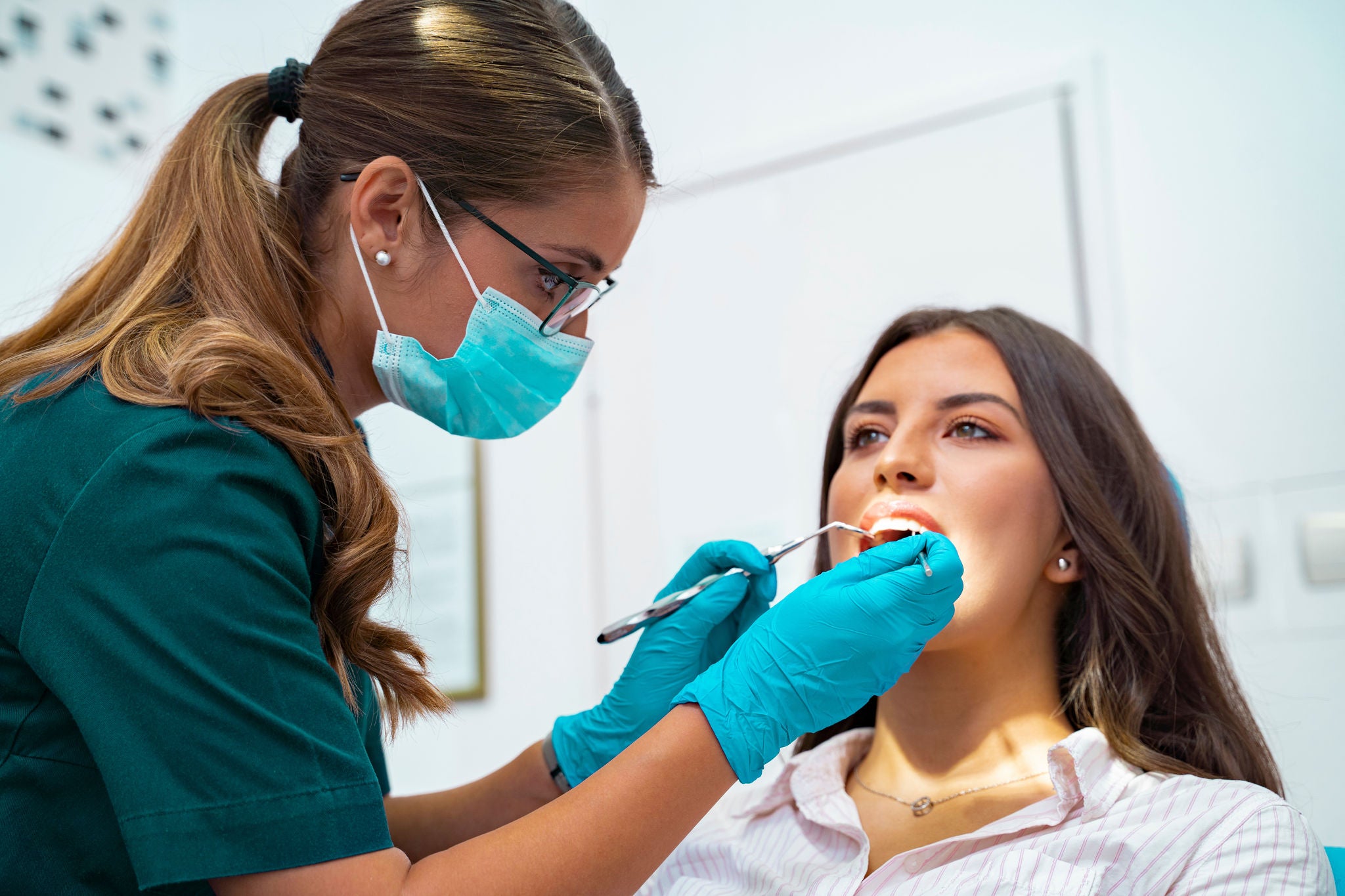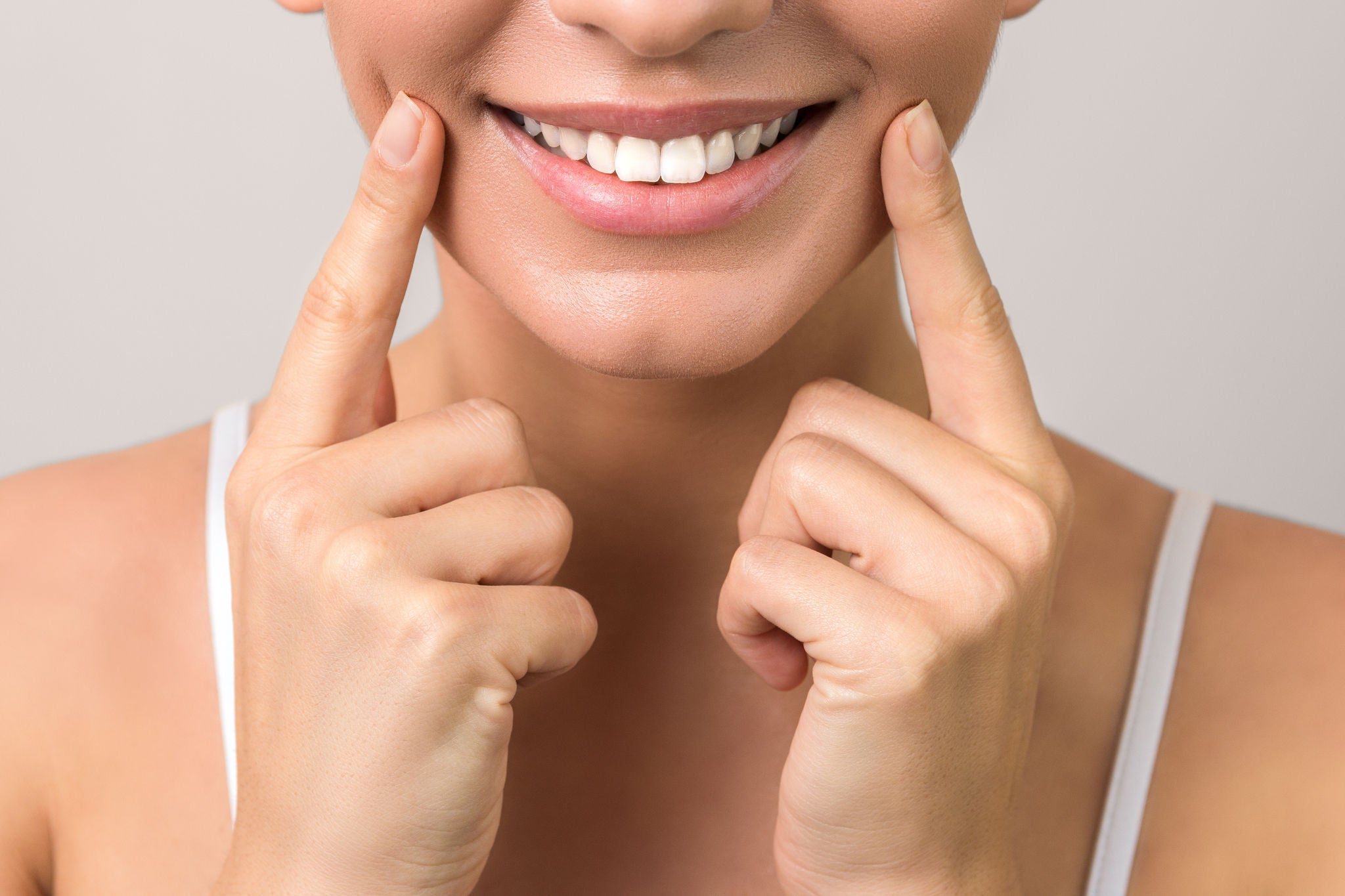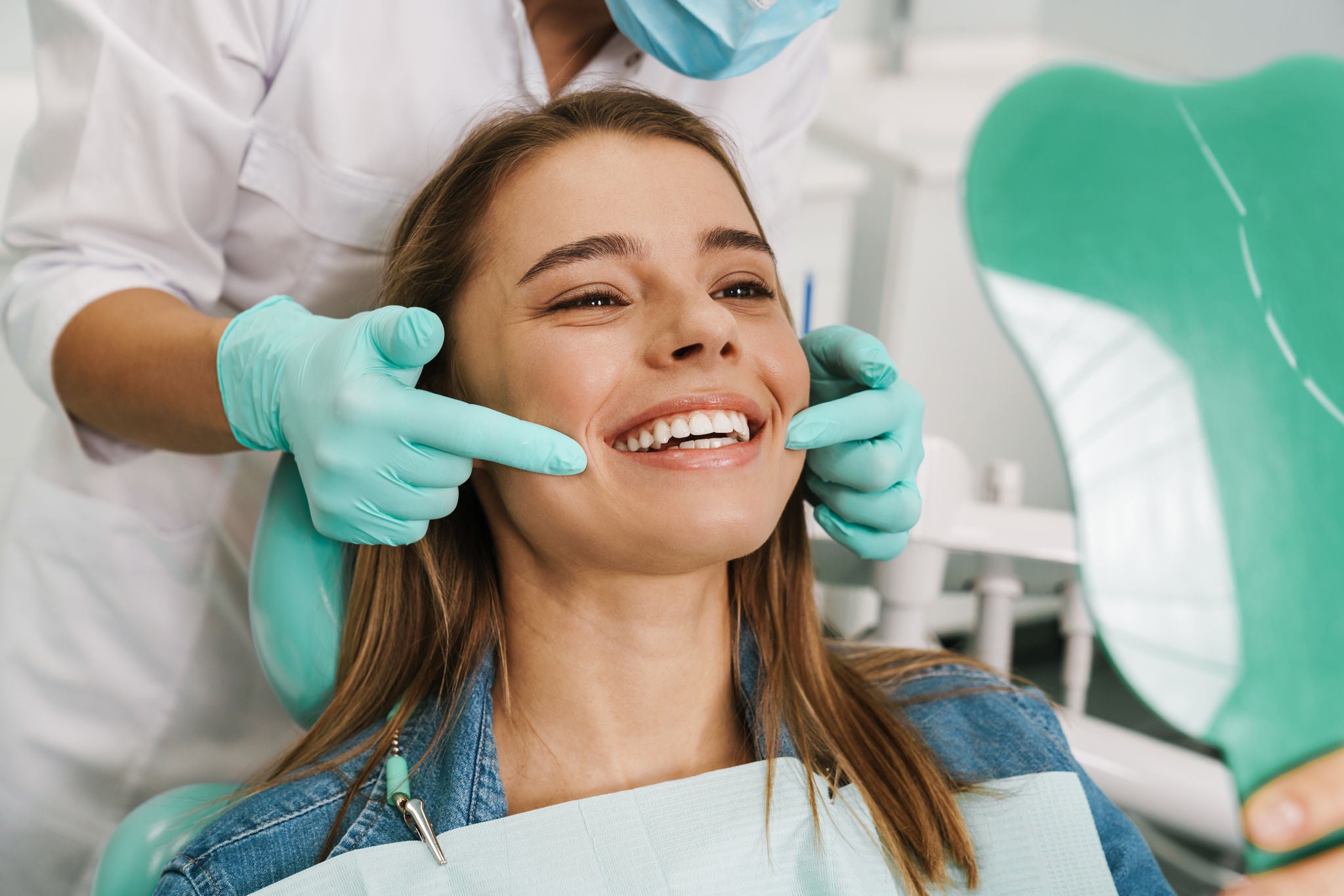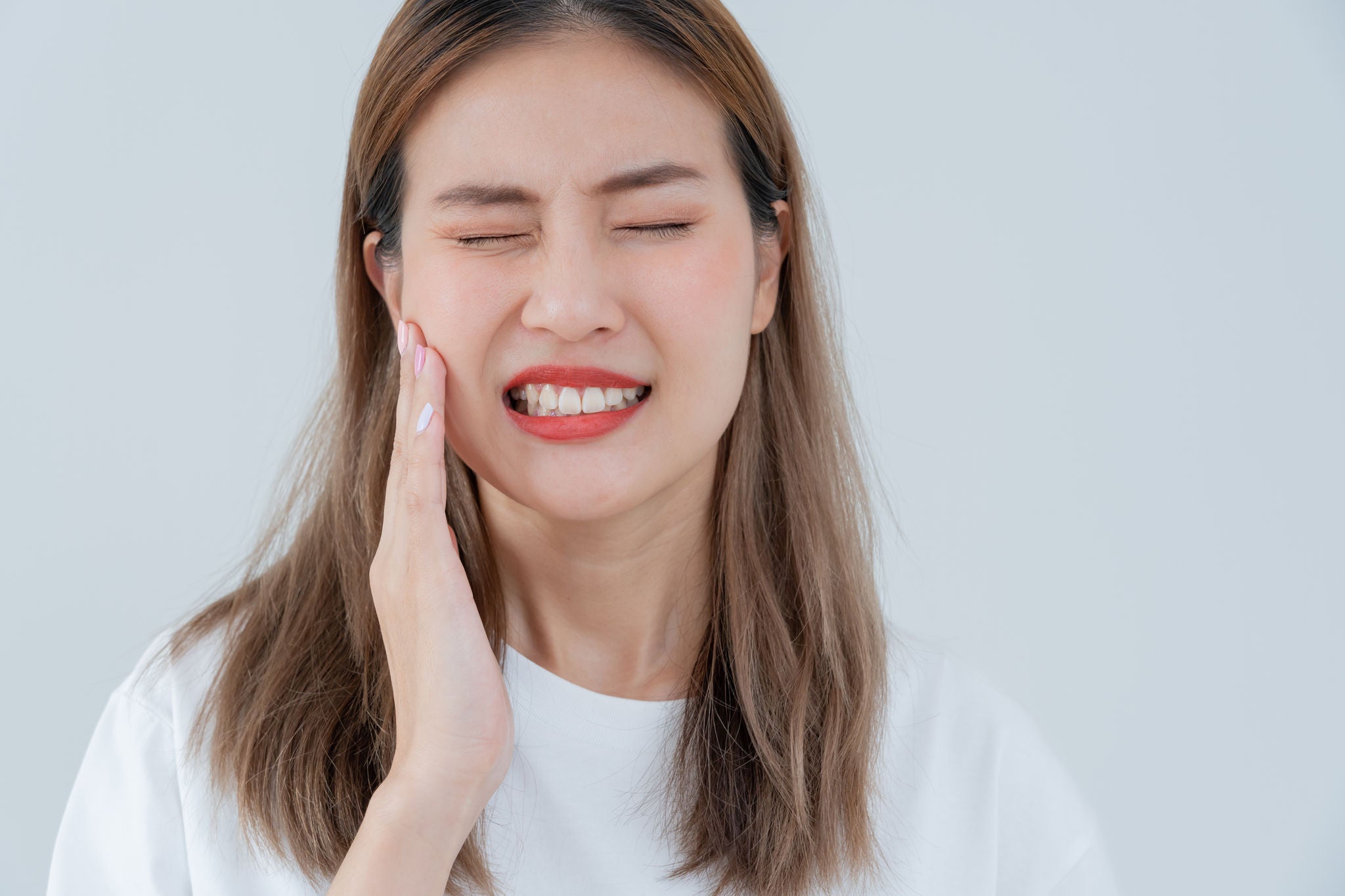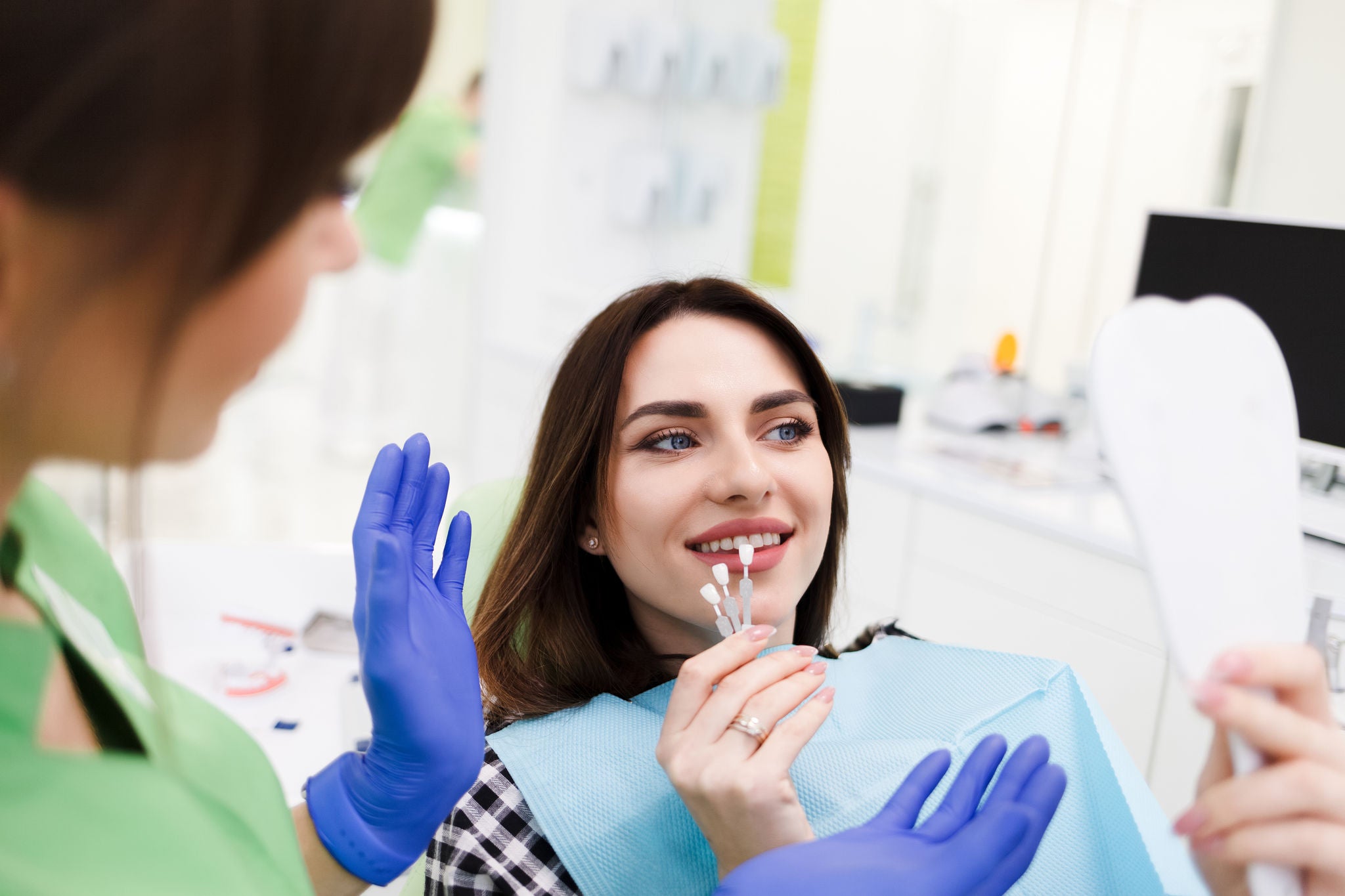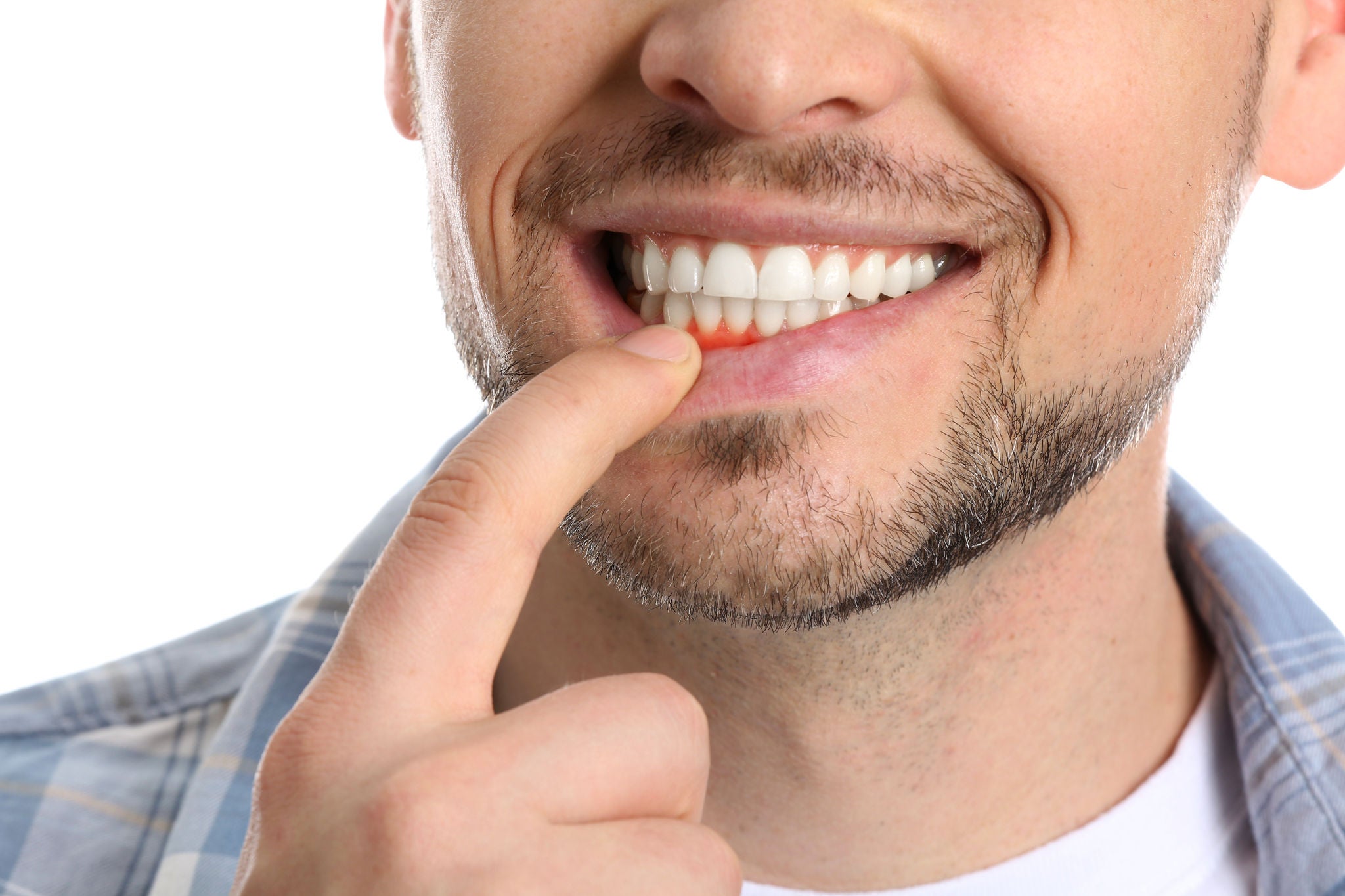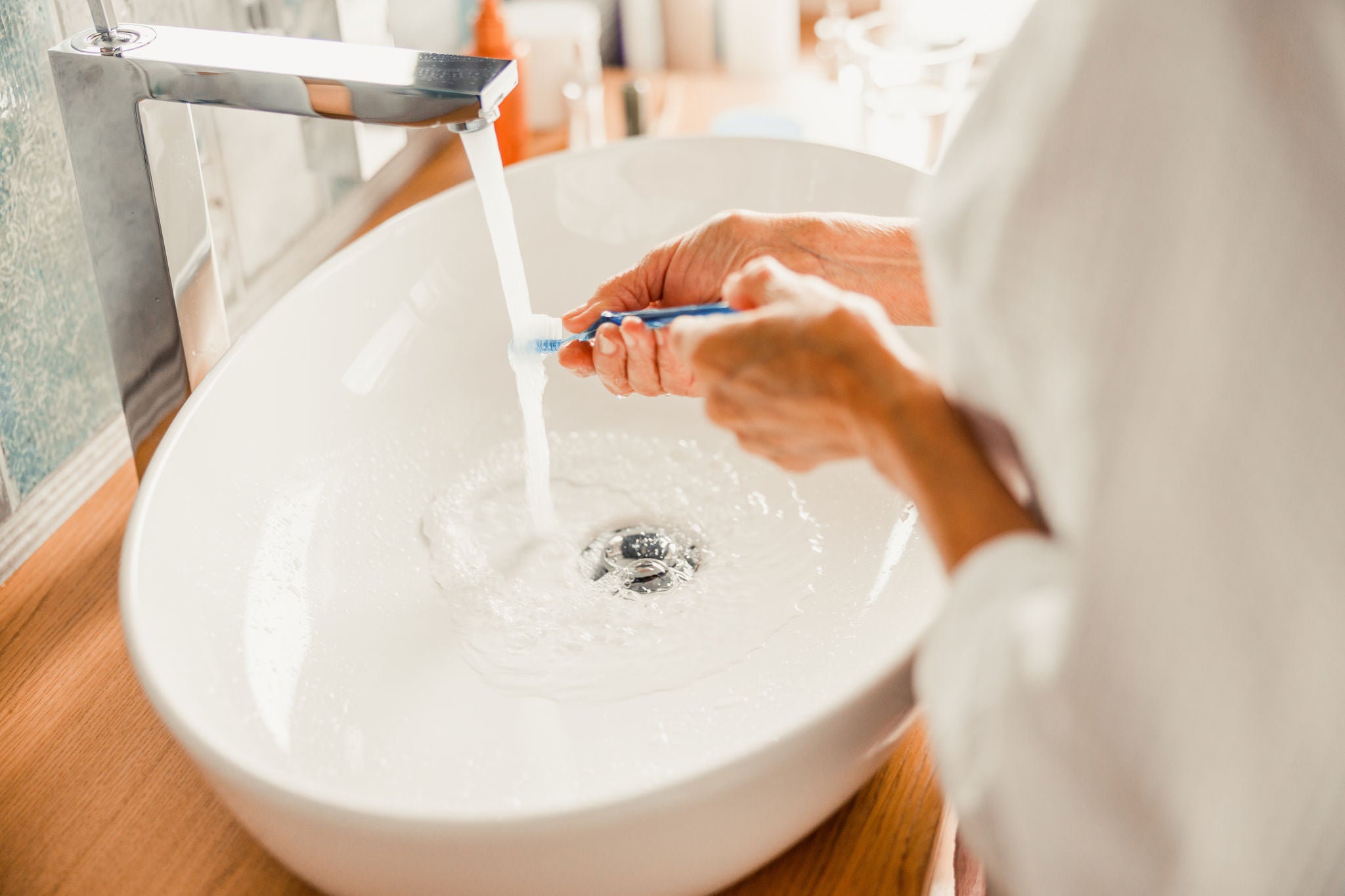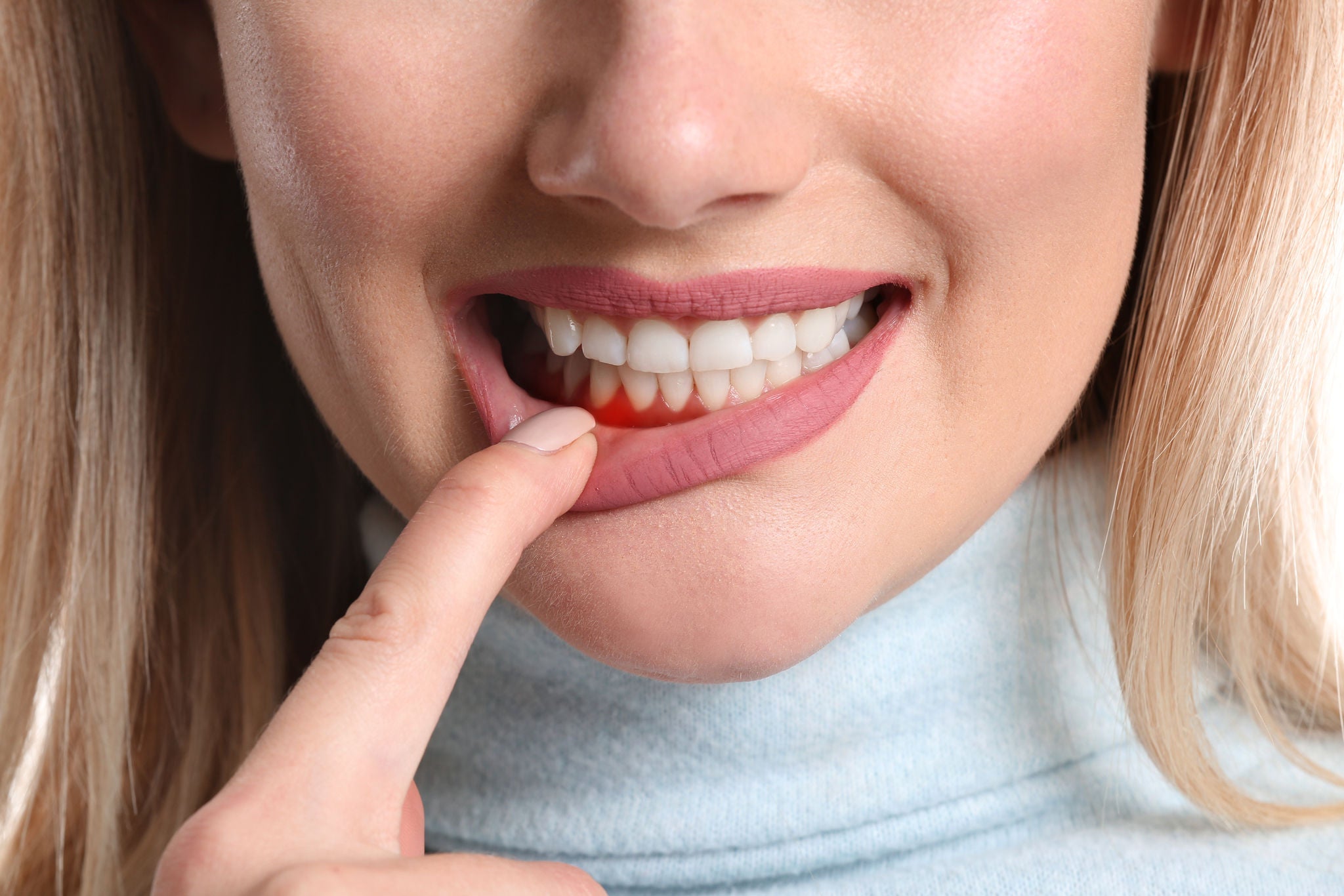
Adult Braces: A Guide to Orthodontic Care Later in Life
If you’re an adult with braces, know that you are far from alone. Contrary to popular belief, braces for adults are not that rare. They’re becoming less rare as orthodontists report more and more patients seeking these treatments.
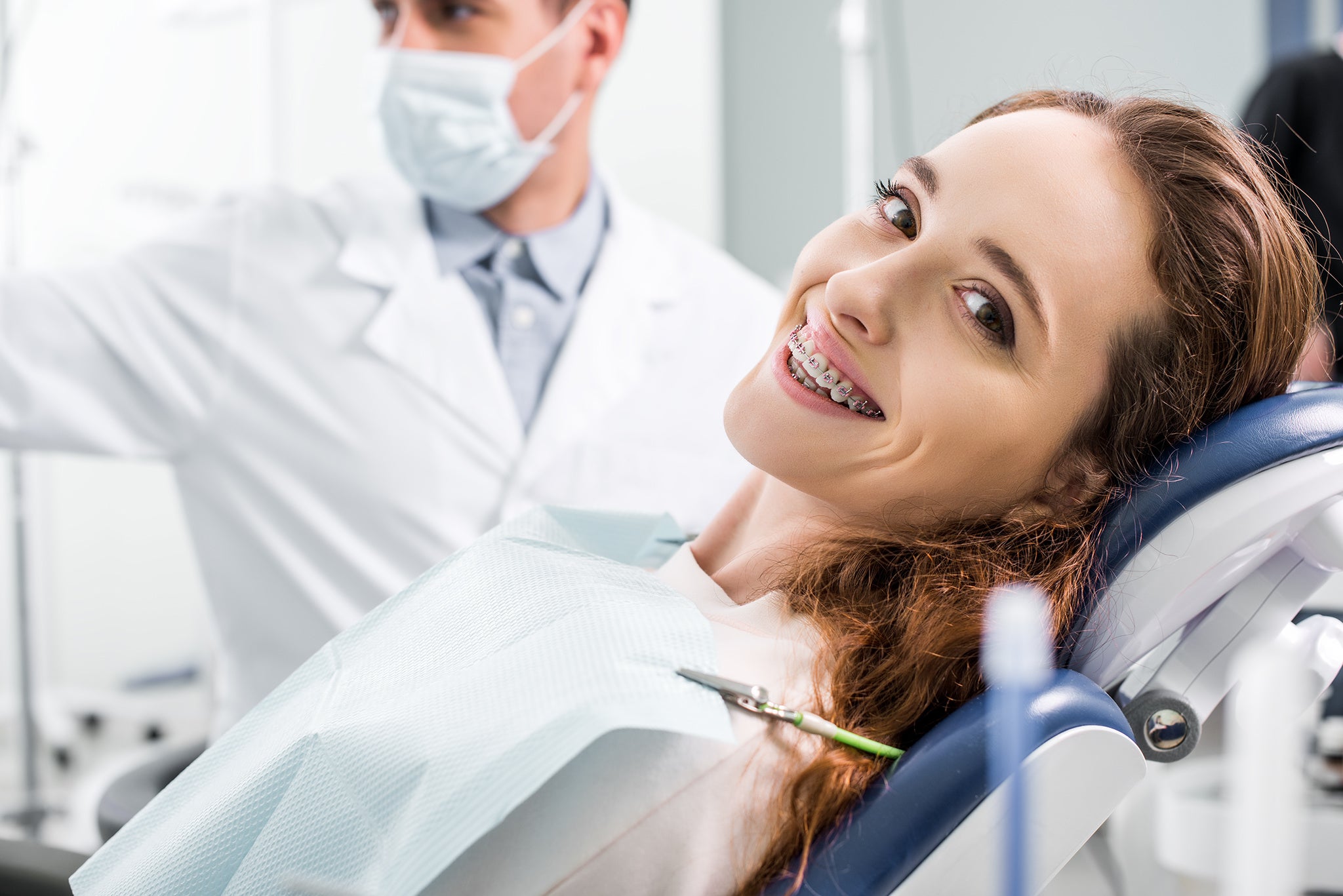
Regardless of your age, keeping your teeth healthy and properly aligned is important, and orthodontic appliances can play a key role. But having braces does bring with it some additional considerations for at-home oral care.
In this guide, we cover information on various orthodontic options available to adults, the benefits of getting braces later in life, and recommendations for oral care while wearing braces.
How common are braces for adults?
The British Orthodontic Society reports that the majority of their adult patients are in the 26-to-55 age bracket.
While treatment usually occurs earlier in life - around age 12 when most adult teeth are present - braces for adults are certainly on the rise. Around 75% of orthodontists have reported an increase in adult private patients.
"We are getting a lot of adults who are coming through the door for the second time round,” said Cookstown-based dentist Marc Slevin in the article linked above. “They had braces when they were younger, maybe they did not look after their retainers or lost their retainers and now their teeth have moved back into a position that maybe they do not like them, and when they smile they are more aware of their teeth.
"The other type of adults, often in their 50s and 60s, are seeking treatment for the first time.”
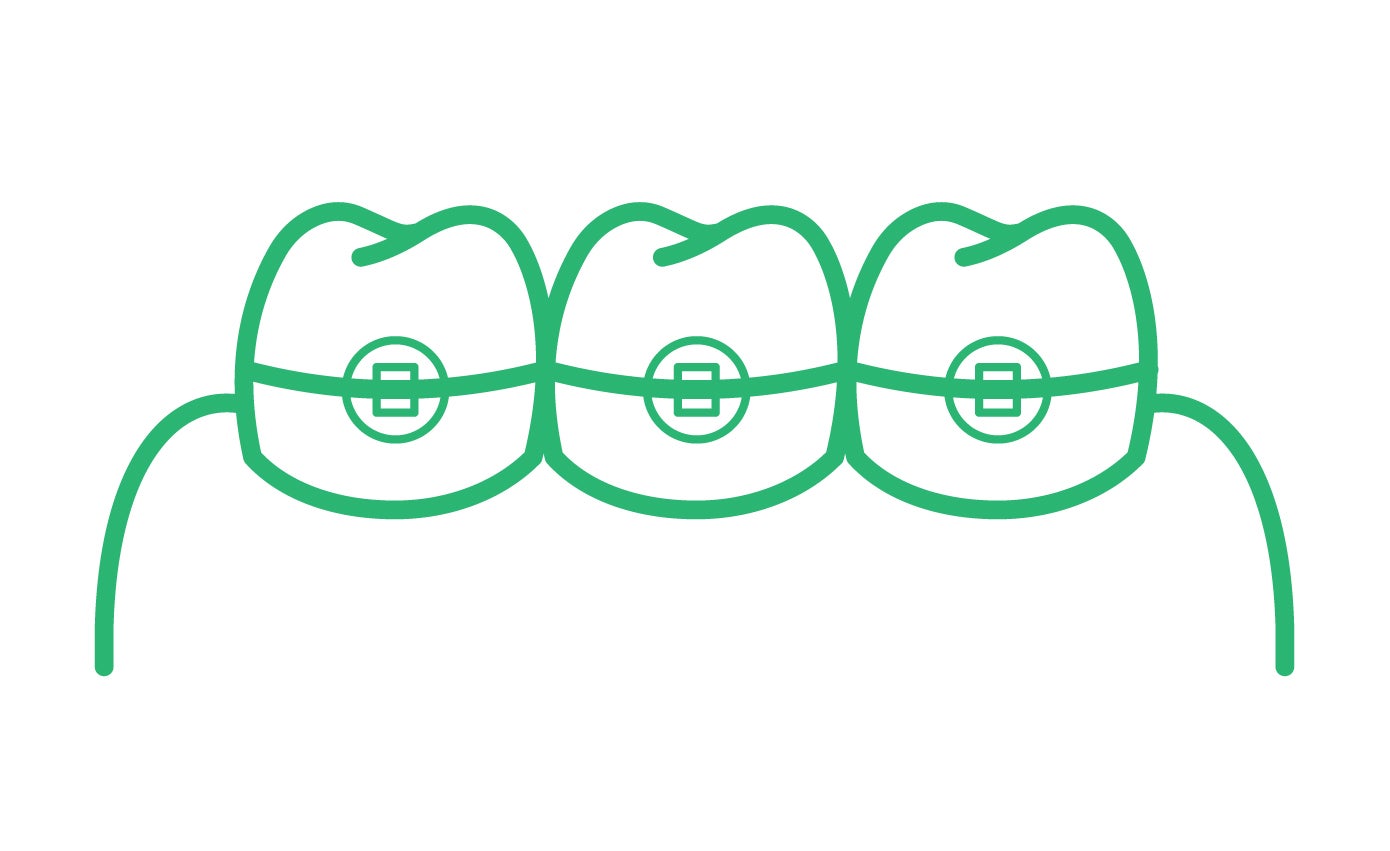
Why get adult braces?
Whether you had braces as a child or not, you may consider getting braces as an adult for a variety of reasons. In most cases, the primary reason is wanting a straight smile, but there are also additional reasons to consider.
Getting braces as an adult can:
- Improve the esthetics of your smile
- Result in a more natural-looking smile
- Improve your confidence
- Lessen oral and jaw discomfort
- Correct biting issues stemming from misalignment
- Help reduce oral health risks by making it easier to clean between teeth that are too close together
Types of braces for adults
Most patients are familiar with traditional metal braces, but there are actually several options you can choose from, depending on the recommendation from your dentist or orthodontist. Some of the orthodontic options for adults include:
- Metal braces
- Ceramic braces
- Self–ligating braces
- Lingual (behind the teeth) braces
Aside from braces, there are also clear aligners that are not braces per se, but sheer resin trays.
They are manufactured to fit the teeth while progressively moving them, with the help of tooth-colored attachments that are affixed on certain teeth. Several sequential aligners are successively worn, each for a couple of weeks.
Good oral hygiene of the teeth (and of the aligners) is needed before putting back aligners since they are worn 22 hours a day, so all the time except while eating and brushing.
Depending on your budget and needs, you might decide with your orthodontist on any of the options above. Many of these take into consideration your comfort and aesthetic (for example, ceramic braces have the same colour as your teeth so are less visible than the metal ones).
How long do I need braces for?
The average adult patient wears braces anywhere from 18 to 26 months. The length of time greatly depends on your specific needs, the style of the braces you choose, the conditions of your teeth, your availability for regular checkups with your dentist, and a range of other factors.
Note that after your braces are removed, your dentist will fit you for a retainer to prevent the movement of your straightened teeth. This may be something you wear only at nighttime but likely will be for the long-term or a fixed wire retainer bonded on the tongue side of the teeth.
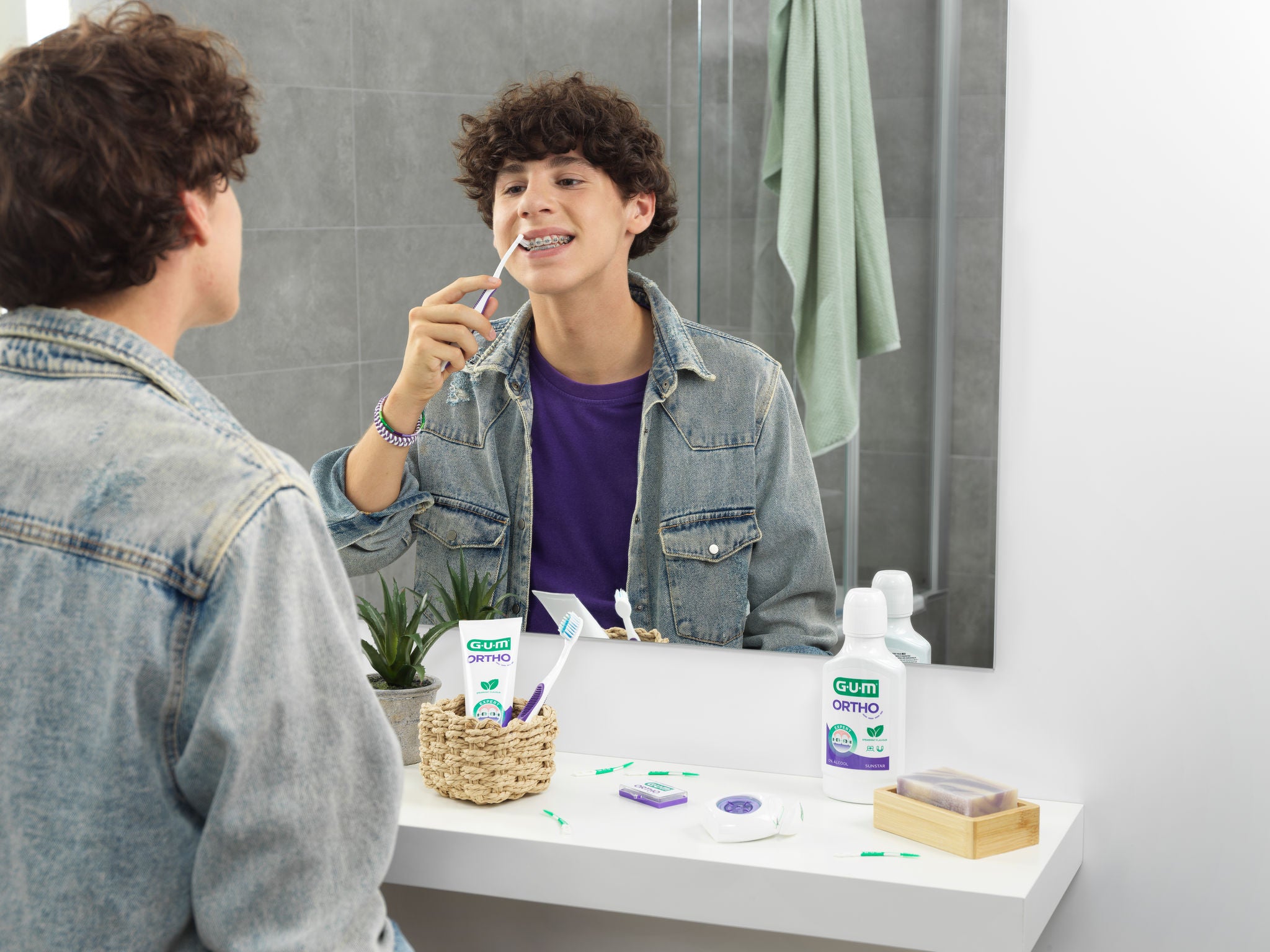
What makes adult braces different from child braces?
The most significant difference between braces for adults versus braces for children is the length of care.
As an adult, your jaw and teeth are fully formed, so your teeth are more resistant to being moved and resettled by braces. Adult bones are denser and tougher, so it takes longer for teeth to shift into the preferred alignment.
Another difference is that adults are more likely to have experienced gum disease, teeth infections, or bone/tooth loss, which can result in weak areas in the mouth. This can hinder the effectiveness of braces, as the teeth cannot properly anchor without this much-needed bone support.
Finally, adults are more likely to have missing adult teeth, which can cause the remaining teeth to shift. Overall, this can affect your bite and require more complex orthodontic work.
How much do adult braces cost?
The average cost for adult braces in the UK is between £1,500 to £5,000. However, this can vary significantly depending on your location and the competition between private dental practices in your area.
Note that NHS orthodontic treatment may be the most affordable option, but may also require approval to confirm the braces are needed for health reasons.
3 key oral care tips for adults with braces
If you decide to get braces as an adult, or currently have them, there are some things you should know in order to best take care of them and your teeth. Here are our tips for proper oral care for adults with braces.
Prevent pain after treatment
Especially in the period after getting braces, you may experience some discomfort or pain. To remedy this, we suggest:
- Taking over-the-counter pain medications to prevent soreness
- Eating soft foods like soup, overcooked pasta, oatmeal, and yoghurt
- Using dental wax to prevent your braces from rubbing against your mouth
- Rinsing your mouth with warm salt water to ease pain and prevent infection
Embrace proper oral hygiene
Oral hygiene is important whether you have braces or not, but it should be no surprise that cleaning and flossing can be a bit more involved when you have orthodontia.
This is why we recommend brushing at least twice per day - ideally, after each meal - to prevent food from getting trapped in your braces, leading to the formation of plaque and eventual decay.
Flossing can be more challenging with braces, so consider using an interdental brush to remove food and plaque from hard-to-reach areas of your mouth, ensuring a more thorough clean.
We also suggest ending your routine with a fluoride mouth rinse to keep your mouth clean and healthy.
Avoid certain foods
Your orthodontist will likely tell you which foods to avoid eating in order to prevent your braces from breaking or food getting trapped in your braces. Typically, these foods include:
- Hard nuts and seeds
- Sticky sweets and candies
- Apples
- Carrots
- Hard bread
- Chewing gum
- Crunchy foods, like popcorn and ice
- Chewy foods, like bagels, meats, and jerky
At SUNSTAR GUM, we provide a complete guide on how to care for your braces at any stage of life.
It is important that you continue seeing your dentist/hygienist for check-ups and cleanings while undergoing orthodontic treatment.

